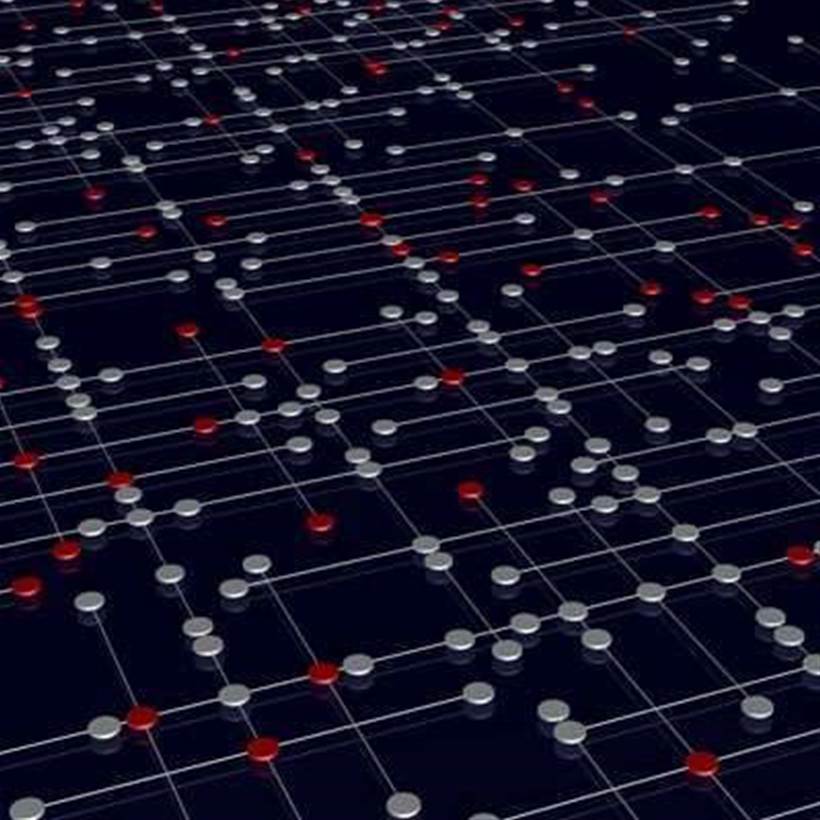Amazon Web Services (AWS) has unveiled an IoT platform at its annual re:Invent conference.
The platform – currently in beta - is designed to interface with existing AWS services to enable customers to store, process, analyse and act on the data collected from their IoT devices.
AWS hopes to make it easier for customers to begin and manage IoT deployments.
Until now, AWS customers such as NASA, Philips and Sonos have had to build custom middleware to facilitate communication and control between their connected devices and core infrastructure.
The AWS IoT suite consists of a number of components:
- A device gateway allows device communication via HTTP and Message Queue Telemetry Transport (MQTT), a lightweight communication protocol designed specifically for sensors and mobile devices.
- An IoT device SDK also supports other industry-standard and custom communication protocols, minimising any re-engineering work for their clients.
- A device registry that manages the inventory of IoT devices in a customer’s portfolio
- 'Device Shadows', which enables cloud and mobile applications to interact with the devices.
- Security is provided via integration with AWS Identity and Access Management (IAM), allowing granular permission allocation on a per device or per device fleet basis. Security credentials can either be generated and embedded manually or automatically, as required.
- The AWS IoT rules engine, which allows customers to define filtering, processing and routing rules for data moving between devices, AWS services and applications.
AWS have also partnered with multiple semiconductor manufacturers, including Arrow, Broadcom, Intel, Marvell, Mediatek, Microchip, Qualcomm, Renasas, SeedStudio and Texas Instruments to provide IoT starter kits that incorporate the AWS IoT SDK and hardware components that can connect with AWS IoT.
Mark Argenti, AWS vice president of mobile and IoT said that AWS IoT will “enable a whole ecosystem of manufacturers, service providers and application developers to easily connect their products to the cloud at scale, take action on the data they collect, and create a new class of applications that interact with the physical world.”







